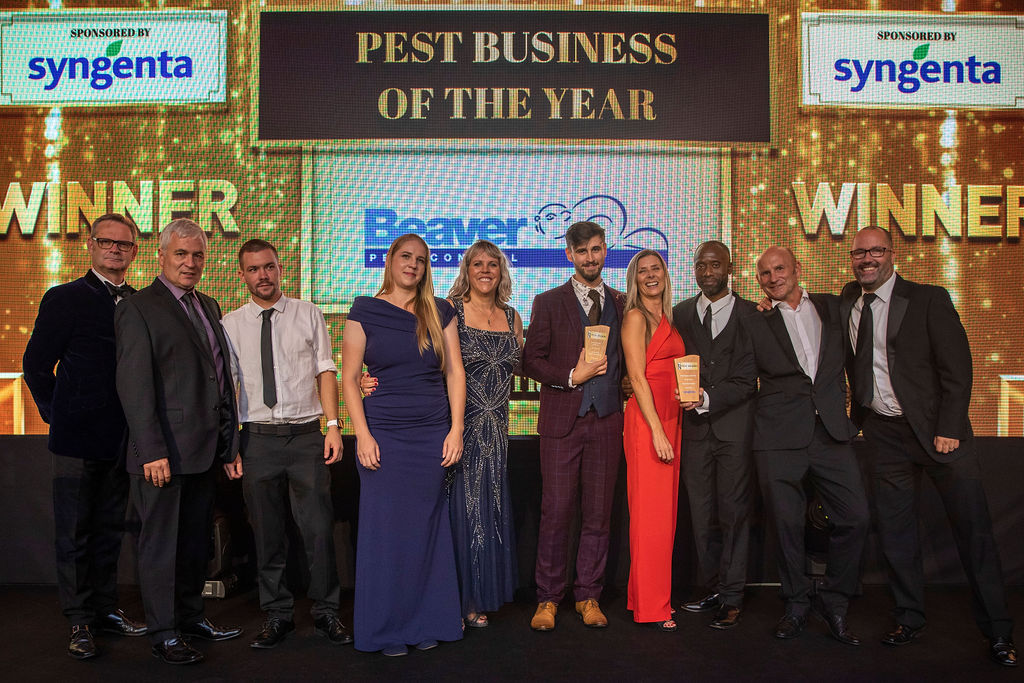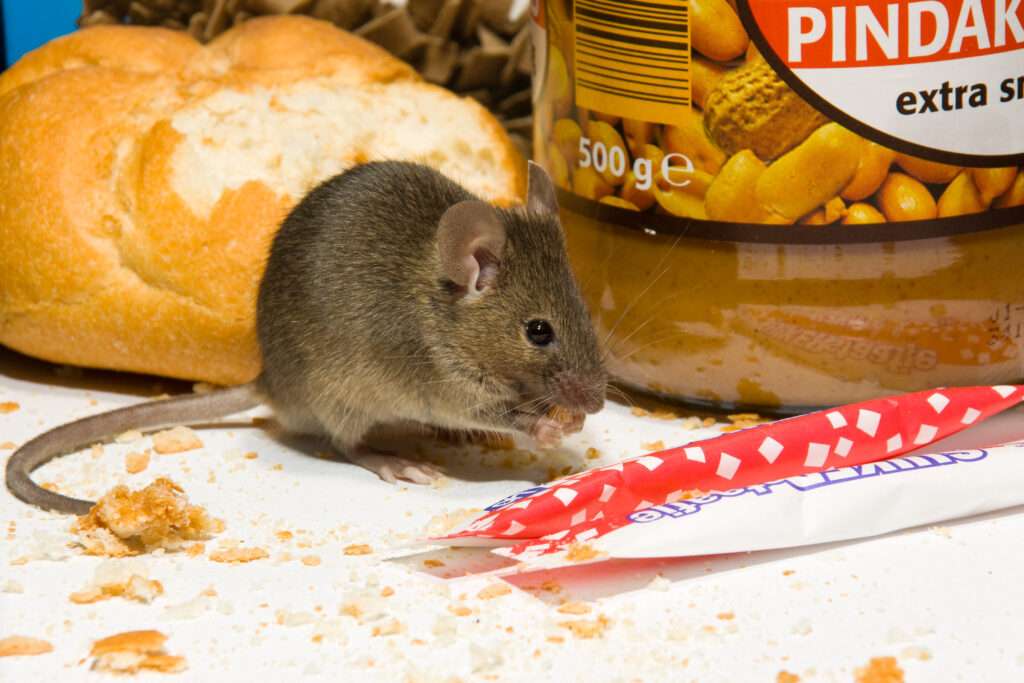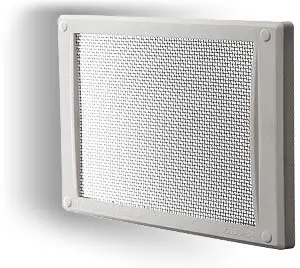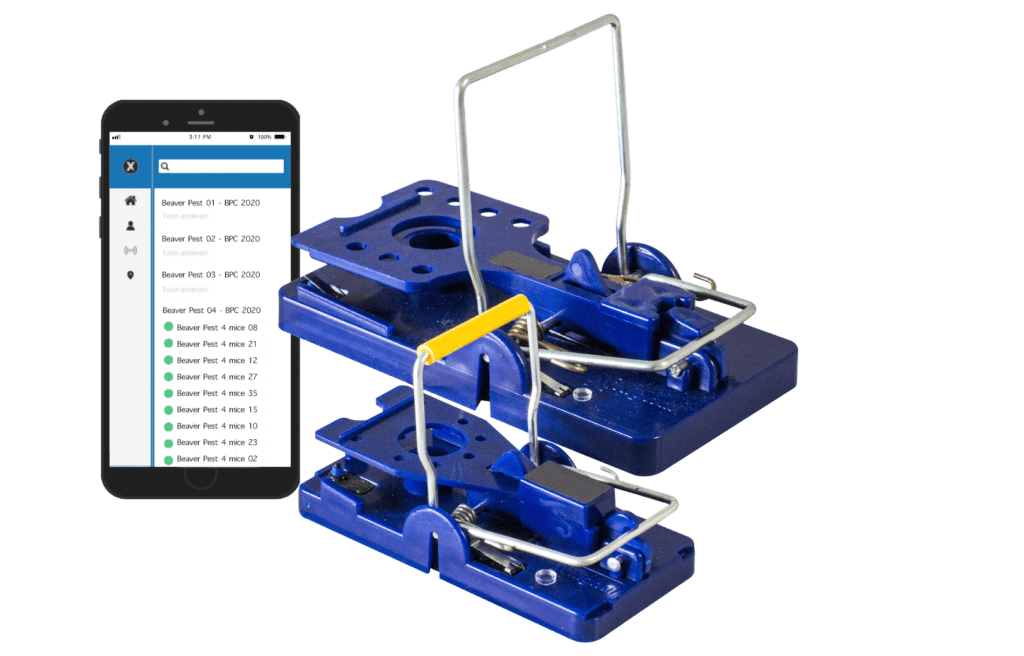National Pest Awards Winners 2022

On 8th September 2022, around 150 professionals in the pest control industry gathered at Hilton London Bankside for the National Pest Awards. The awards are held each year to recognise best practices and commitment to CPD and training by the UK’s pest controllers. Our award winning team at Beaver Pest Control had an evening to remember winning three of the ten awards up for grabs that evening. Beaver Pest Control was named Pest Business of the Year, Large Company of the Year. James Wood, our technical training manager was also named Pest Controller of the Year.
Pest Business of the Year
South London based, our company; Beaver Pest Control was crowned best of the best winning the coveted Pest Business of the Year. The judges said: “a fantastic business and a deserving winner of the big award”. To be recognised at this level is a wonderful achievement for the company and every one of our staff. They’re dedicated to seeing our company continue to grow and succeed.
When interviewed by Pest Magazine about the award win, Julia Pittman, Sales Director said: “I think the most important thing for me is culture. We’ve got a good culture and our staff are proud of what they do here and the Beaver Pest Control name. They’re very dedicated to what they’re doing.” The company’s vision is to have the happiest staff and happiest customers in the industry. As part of this vision, a great deal of thought is put into how to support staff and maintain a positive culture in the business.
At the last AGM in May, we revealed a number of benefits to help staff through these difficult financial times including 4% pay rises and increased overtime rates. The company invests heavily in training and benefits in order to retain staff. “We rarely lose people from our teams and staff retention is currently 93%,” Julia said.




How we are leading the way in pest control?
David Lodge, Director, after being named Large Company of the Year said: “I think it proves what we’ve been doing in the past is right, but there are still things to do. We’ve got to keep improving, but this is a great starting block to actually push to the next level. Winning the award validates all the efforts that we’ve put in over the years.”
As a company our focus is on sustainable, proactive management of pest issues, so a significant amount of the time technicians spend on our customer’s sites, is utilised on inspections, proofing and habitat management. We have moved away from the old-school bait-box checking and implemented integrated pest management. We have a range of services grouped under the IERDC acronym: inspection, exclusion, restriction, destruction and communication.
This is just one of the ways we are pushing the pest control industry forward and leading the way to a sustainable future for our company and the industry as a whole.
Find out more about the Beaver Pest Control journey from two brothers in tooting, London to Pest Business of the Year 2022.







